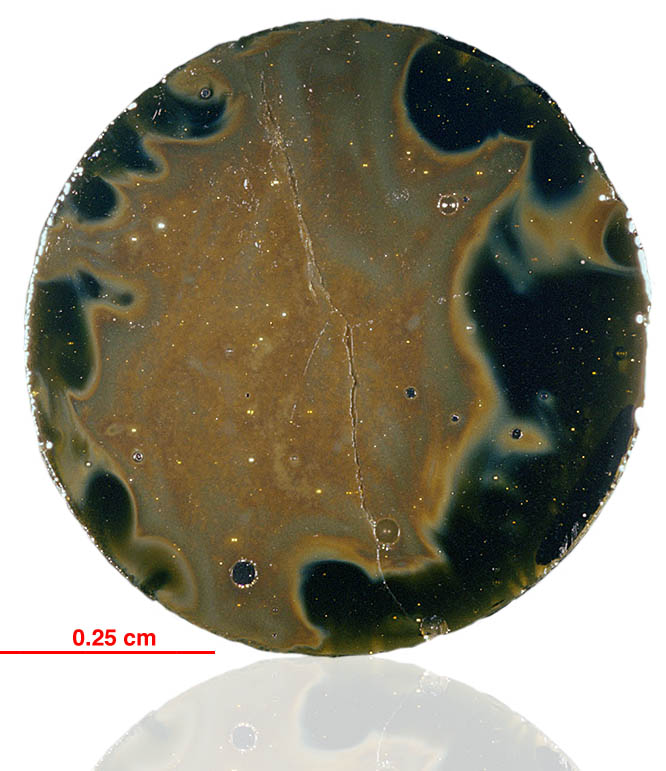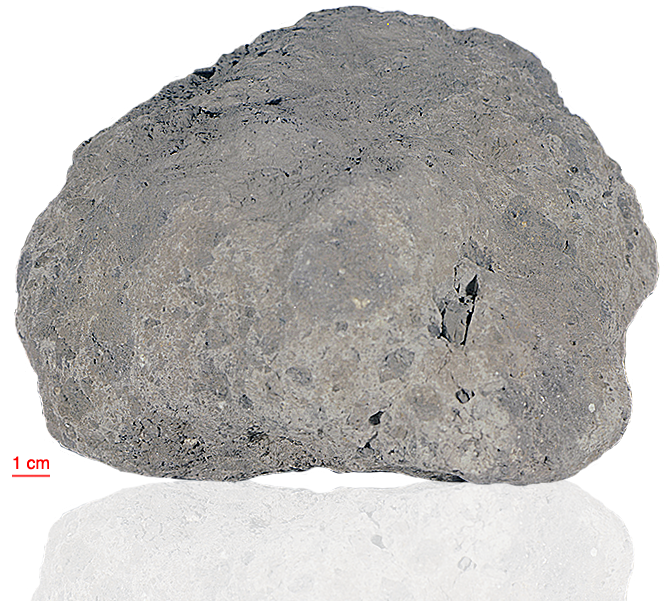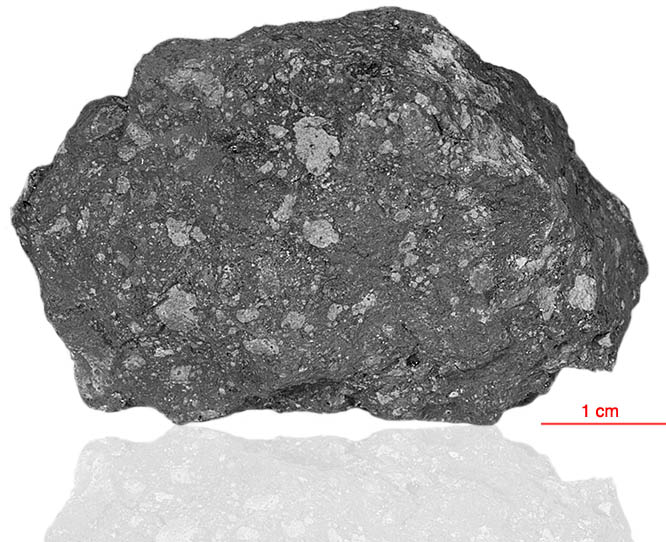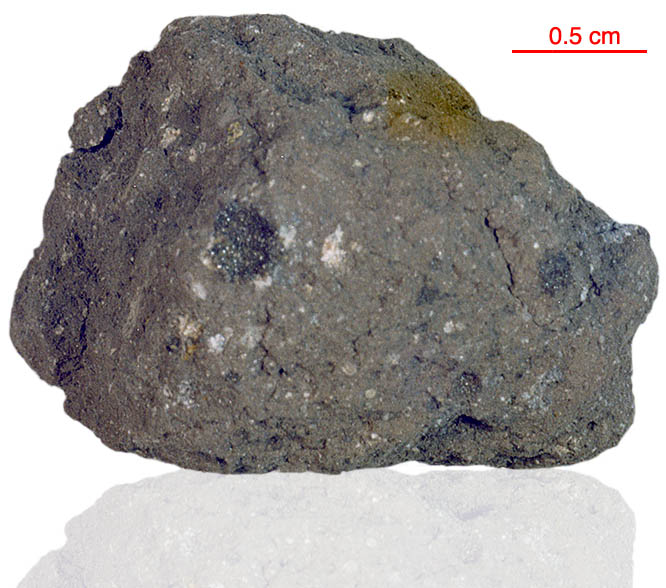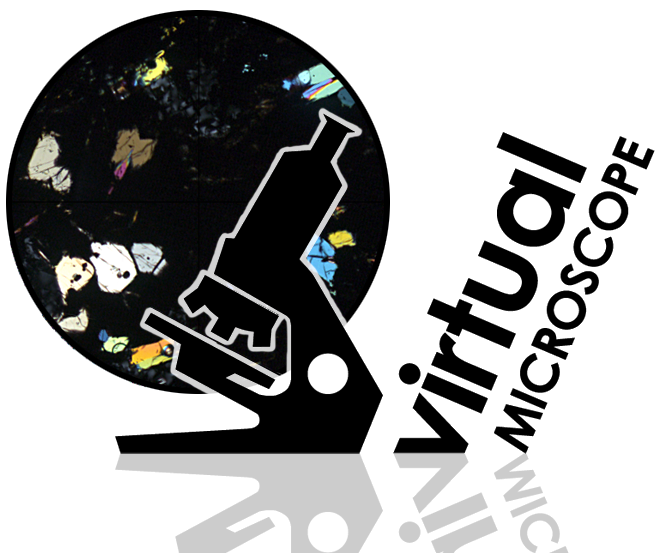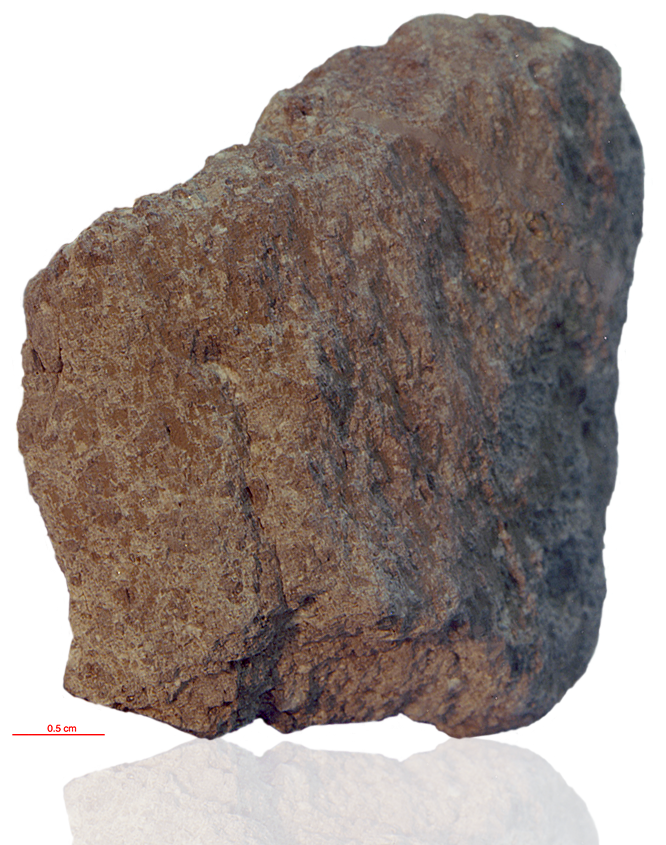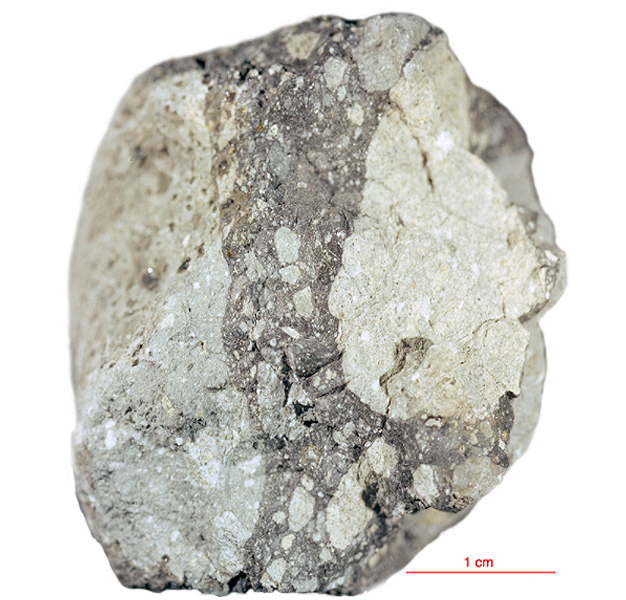
Fact sheet
14271 is one of ten small rocks that were all collected as part of the Apollo 14 “comprehensive sample”. A circle about 14 meters in diameter was drawn and every rock on the surface placed in the same bag along with large soil samples 14259 and 14261. Some may be from the soil. These ten samples are similar in texture and all appear to be soil breccia or vitric matrix breccia made from the soil. They are similar to 14264, 14265 and 14267 also collected from the same circle, and better studied. They are each a little different, but they all have glass. Some have glass spheres. The largest, 14271, has two large clasts of crystalline matrix breccia. They all have an abundance of small lithic clasts. Many of the lithic clasts have the texture of impact melt rocks. We have thin sections of four of these samples (14268, 14271, 14272 and 14273).
14271 sample weighed 97.41 grams before analysis. It has not been dated.
Further details of this and other Apollo samples are here: http://curator.jsc.nasa.gov/lunar/
The Apollo 14 landing site was in a region formed by impact-basin debris.
Most of the 42 kilograms of rocks and soil collected on Apollo 14 are breccias (rocks that are composed of fragments of other, older rocks). In some cases, the rock fragments that form a breccia are themselves breccias. Such rocks obviously have experienced complex histories with multiple generations of impact events. Some breccias were heated enough that some of the material in the rock was melted.
Apollo 14 was launched on 31 January 1971.

